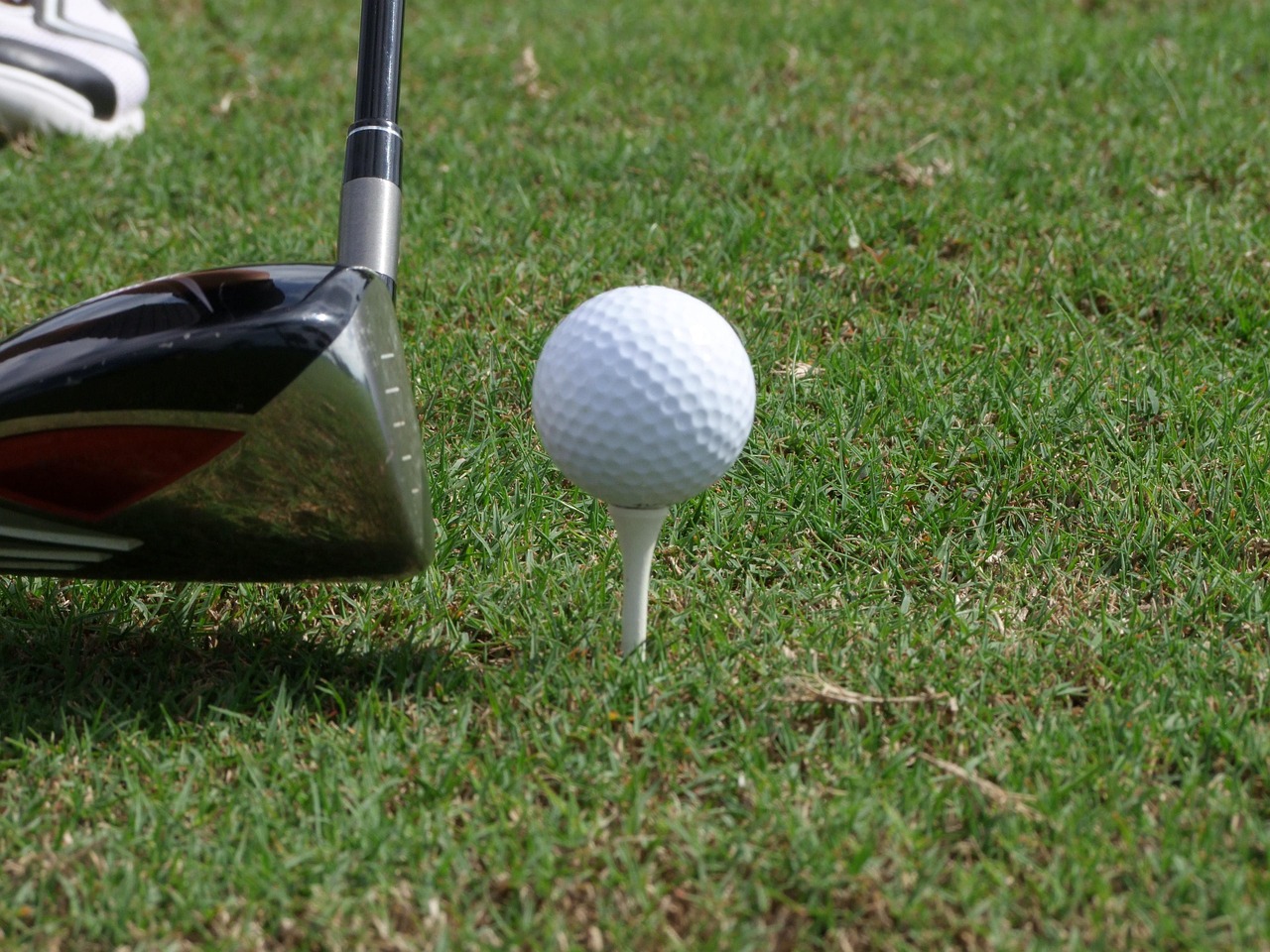The primary difference between a receiver and transmitter is transmitters amass and decode data, while receivers display the data in a visual and/or audible format that consumers could listen to or view. Radio is the oldest and most well-known inventions to have incorporated this system. Radio towers send radio waves via air. Transmitters then pick up these waves and use the radio receiver to convert the waves into music.
In several devices that use radio electronics technology, radio transmitter and receiver work in tandem to emit both visuals and sound to consumers. Generally, the transmitter comprises an oscillator, dedicated amplifiers for both audio and radio, and a modulator. This lets the device transmit both visual and audible waves. Transmitter usage is usually regulated as improper usage can lead to hazardous signal crossings. For instance, crossed signals may hinder emergency communications.





